.png)
Marcelo Tarkieltaub has been appointed as Regional Director, Southeast Asia. Based in Singapore, Tarkieltaub will be responsible for sales and business operations across Singapore, Malaysia, Indonesia, Philippines, Thailand, Pakistan and Vietnam, as well as driving strategic growth for Rockwell Automation in Asia Pacific.
With over 20 years of experience at Rockwell Automation, Tarkieltaub was most recently Regional Director, Southern Cone, a portfolio within the Latin America region covering the markets of Argentina, Chile, Peru, Paraguay, Uruguay and Bolivia. Tarkieltaub has built and developed several high-performing teams, leading the execution of key regional growth strategies for the business.
1. In your opinion, what is the role of augmented reality in remote workforce solutions?
Augmented reality (AR) is going to redefine the future of the workplace. The pandemic resulted in mass, and seemingly overnight, transition to remote work amid travel bans and social distancing measures.
In mid-2020, Rockwell Automation saw rising customer demand for AR solutions to reduce their reliance on workers’ on-site presence, while allowing employees to work seamlessly across different geographies. At the same time, demand cycles for both consumer and industrial products have shortened, meaning that businesses need flexible manufacturing environments that allow them to retool and produce alternate products at short notice.
AR solutions can solve two significant challenges:
First, manufacturers can swiftly and easily gain access to colleagues and technical experts in different markets to help them pivot production outputs as well as troubleshoot machinery and process issues without restriction.
At the same time, AR can be incredibly useful in training new workers in highly specialized fields. Almost every sector is facing a talent crunch, due in part to a generation of mature employees retiring. Traditional classroom training methods are also less popular with younger workers. To avoid losing years of legacy knowledge, AR can be deployed to remotely train workers on plant floors and remote sites.
2. How can augmented reality transform cyber security by enabling more immersive training for employees?
AR-based remote services and communications tools are transforming the way we work in an encrypted and secure way. For starters, AR allows for more immersive training for remote workers, removing the need for them to be physically present in the same room.
Its use cases extend far beyond cybersecurity – AR is really more about ensuring the safety of our plant workers instead of enhancing security although that certainly is part of the curriculum for all reputable manufacturers.
One example of AR’s benefits is that it enables remote experts to help on-site personnel perform the critical tasks and maintenance required to recover from downtime. For example, equipment-manufacturer intelligence can be streamed directly to an engineer’s device, even as maintenance staff at other plants help with the diagnosis.
Mixed-reality devices also help frontline employees to safely assemble complex products, by equipping them with real-time production data and instructions required while performing the task. Simulation tools enable engineers to map equipment layouts and study any impact changes on productivity and throughput.
Another use case is how machine builders can monitor installed bases of equipment from anywhere in the world by viewing a digital twin of the entire production process via virtual reality (VR). By analyzing real-time data from machinery, they can alert customers to maintenance requirements and warranty renewals.
3. How will the use of augmented reality impact the ways in which cyberattacks are carried out?
AR is less of an issue for cybersecurity than the hyper connectivity specific to the increasing convergence of information technology (IT) and operational technology (OT). The latter is the technology directly monitoring and controlling industrial equipment, assets, and processes, and is often under-protected in comparison to its IT counterpart.
Companies need to understand that there is no “airgap” between the two, and ransomware attackers have taken advantage of this by penetrating a “weak spot in the armor” to infiltrate an entire manufacturing network.
However, the increased level of connectedness also allows companies to capture opportunities that more traditional models and operating practices are not able to offer. To allow for growth without compromising security, organizations should start with a holistic enterprise-wide assessment that includes:
· An inventory of authorized and unauthorized devices and software
· Detailed observation and documentation of system performance
· Identification of tolerance thresholds and risk and vulnerability indications
· Prioritization of each vulnerability based on impact and exploitation potential
· Mitigation techniques required to bring an operation to an acceptable risk state
Increased IT/OT connectivity also means that software, networks, control systems, site-infrastructure nuances, policies, procedures, and even employee behaviors, must all be accounted for.
At Rockwell Automation, we have defined five core security principals when developing a control system:
1. Secure network infrastructure
2. Authentication and policy management
3. Content protection
4. Tamper detection
5. Robust, centralized monitoring and reporting
4. What are your thoughts on new technologies that could help boost safety in the industry, such as blockchain?
Again, not just limited to safety but more generally, the evolution of cloud, edge, and software is going to transform the future of manufacturing, especially as we move towards Industry 5.0. The great cloud migration is going to transform the way automation runs, allowing for more agility and bandwidth to accommodate expansion plans.
Building on cloud allows organizations to break into the next frontier of innovation, opening up new possibilities including artificial intelligence (AI) native operation management. Instead of relying solely on physical infrastructure, which is costly to build and maintain, digital twin solutions allow manufacturers to virtually simulate the plant in an offline environment before construction begins. As production commences, engineers can run what-if scenarios to test agility, identify inefficiencies, and optimize output as production progresses.
5. What are the biggest challenges that you fore see in the coming years in regard of technological industry?
Upstream availability and downstream demand are more volatile than ever. Globally, the shortage of semiconductor components has extended lead time for manufacturers across every sector. Organizations need greater accuracy in planning project cycles because projects that were previously completed within a couple of months will likely take significantly longer, owing to material delays.
Amid a labor crunch across developed markets access to engineering talent remains highly coveted. A company might have access to technological solutions but lacks the expertise to deploy these tools to optimize projects. How Rockwell Automation works with customers to meet this demand is by establishing closely aligned, long-term partnerships to support organizations with both the technology solutions and skilled talent necessary to achieve their business goals.
6. What are some of the main developments that we need to be looking out for in the next 5 years in Southeast Asia?
The first and most important thing for manufacturers in Southeast Asia to note is that they are no longer competing on a local or regional level, but at a global scale. Businesses that want to survive in today’s market must be willing to adapt to this change as quickly a sit happens. This is where Rockwell Automation comes in, helping our customers leapfrog to Industry 5.0 where AI, data analytics, and virtual reality are more than just buzzwords.
From a downstream perspective, customers are demanding more tailored and personalized products. Take the food and beverage(F&B) industry for example; during the pandemic, F&B players accustomed to catering in bulk for hospitality enterprises had to reconfigure their packing solutions into individual portions to sell directly to consumers working from home. Also increasingly popular is food that caters to specific dietary preferences, such as halal, nut-free, meat-free, or vegan.
Instead of having months to develop, test, and manufacture products, factories now need to accommodate several changes in weeks. In short, it's important to not just scale and expedite the process but in corporate the agility to switch the type of products manufactured.
More than just purchasing expensive software, manufacturers need to incorporate agility in the processes from a control level. Rockwell Automation supports customers by helping them build flexibility across every level of their organization – from plant floors to supply-chain logistics – creating additional capacity to move quickly when raw materials are available, as well as the ability to pivot fast to fulfill consumer demands.
About Rockwell Automation
Our mission is to improve the quality of life by making the world more productive and sustainable. We are committed to enabling the next generation of smart manufacturing. With the right strategy, talented people, and our substantial financial strength, we are dedicated to deliver value to our customers.






.png)
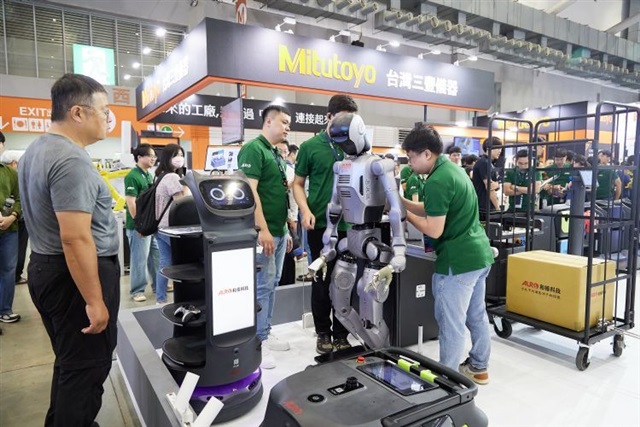


.jpg)
.png)


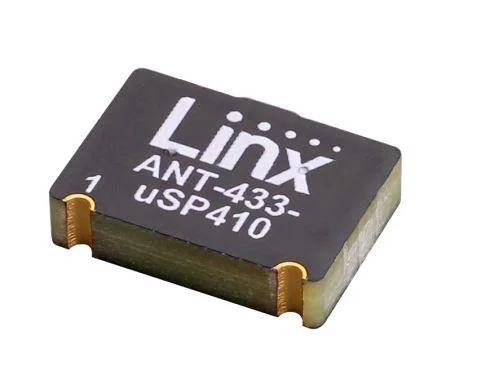
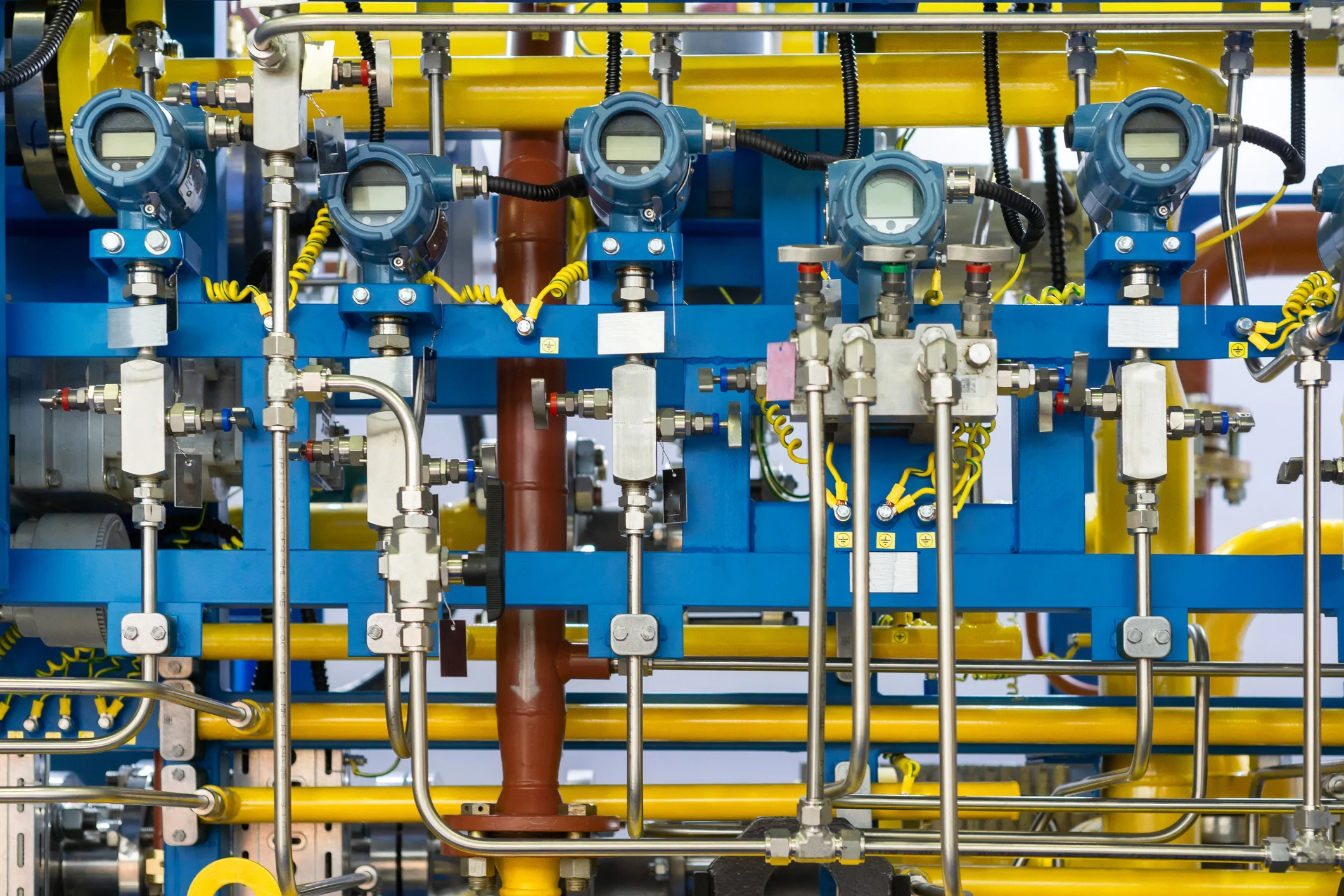

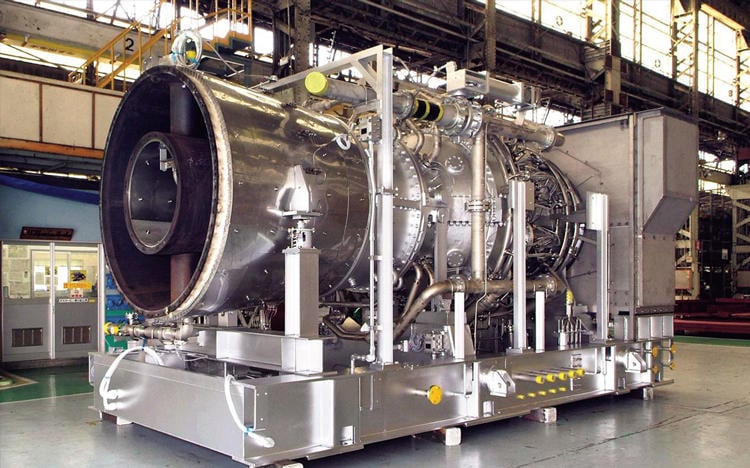
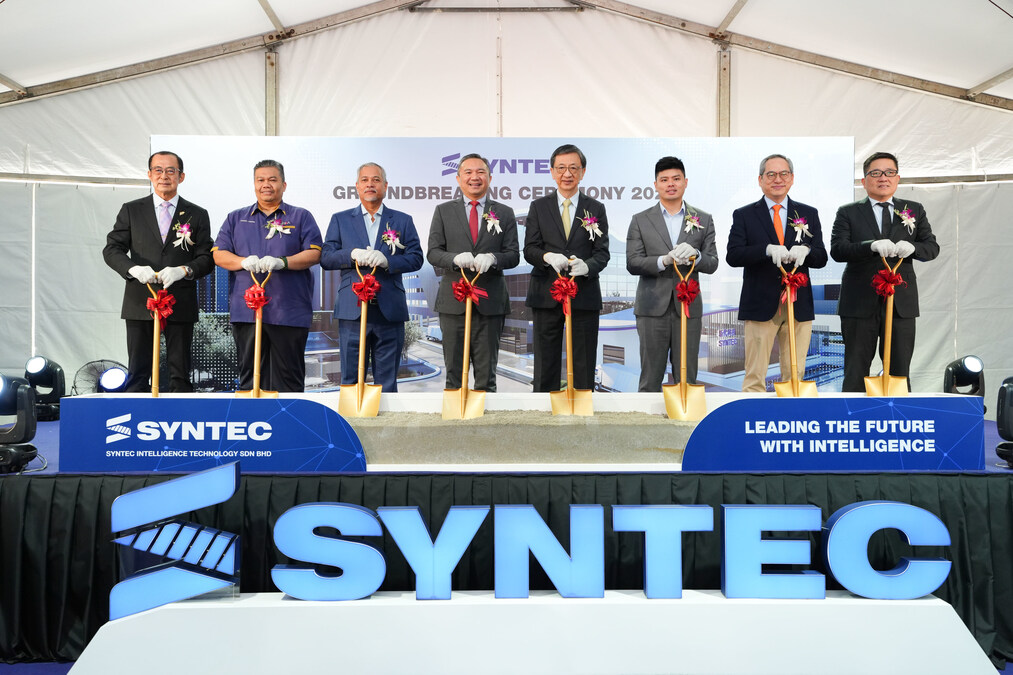

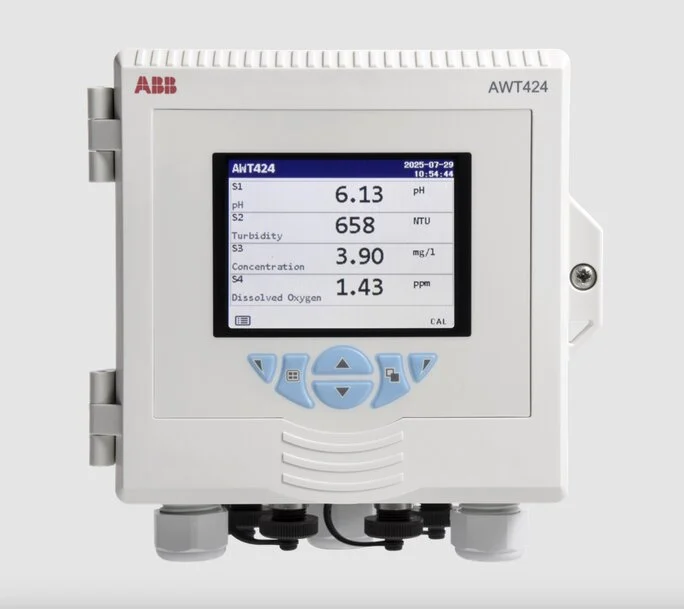

.jpg)
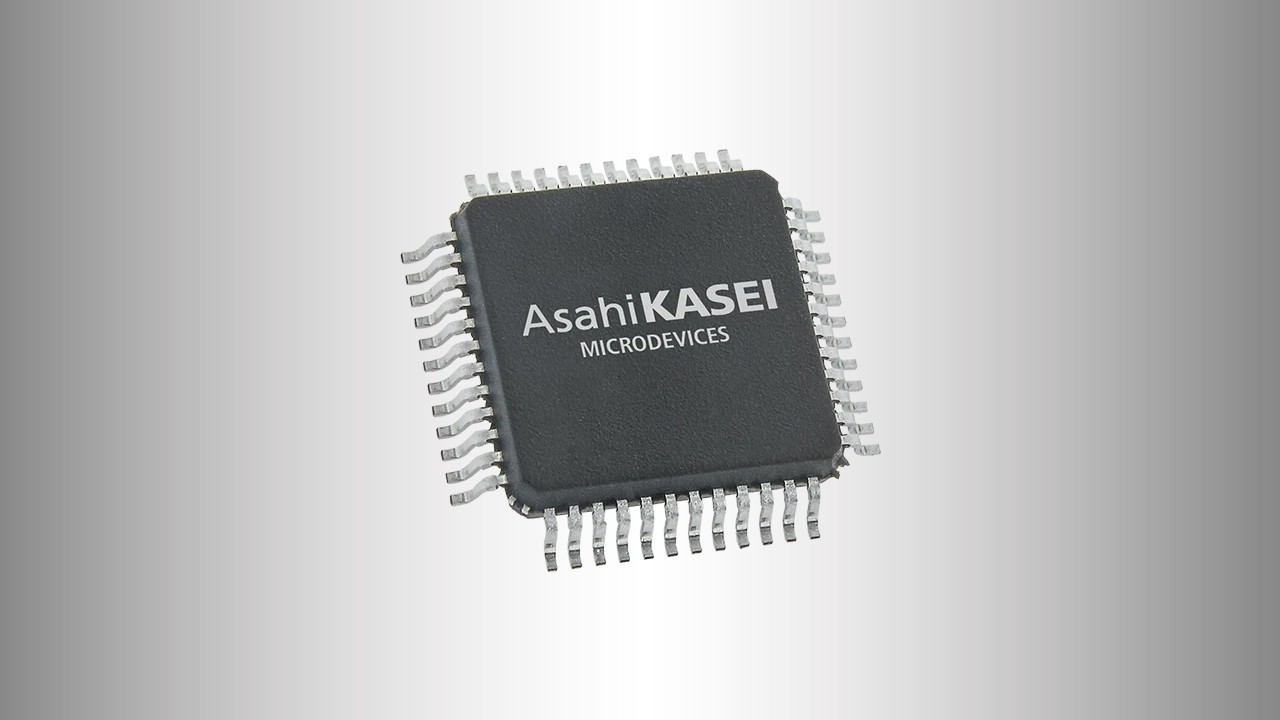
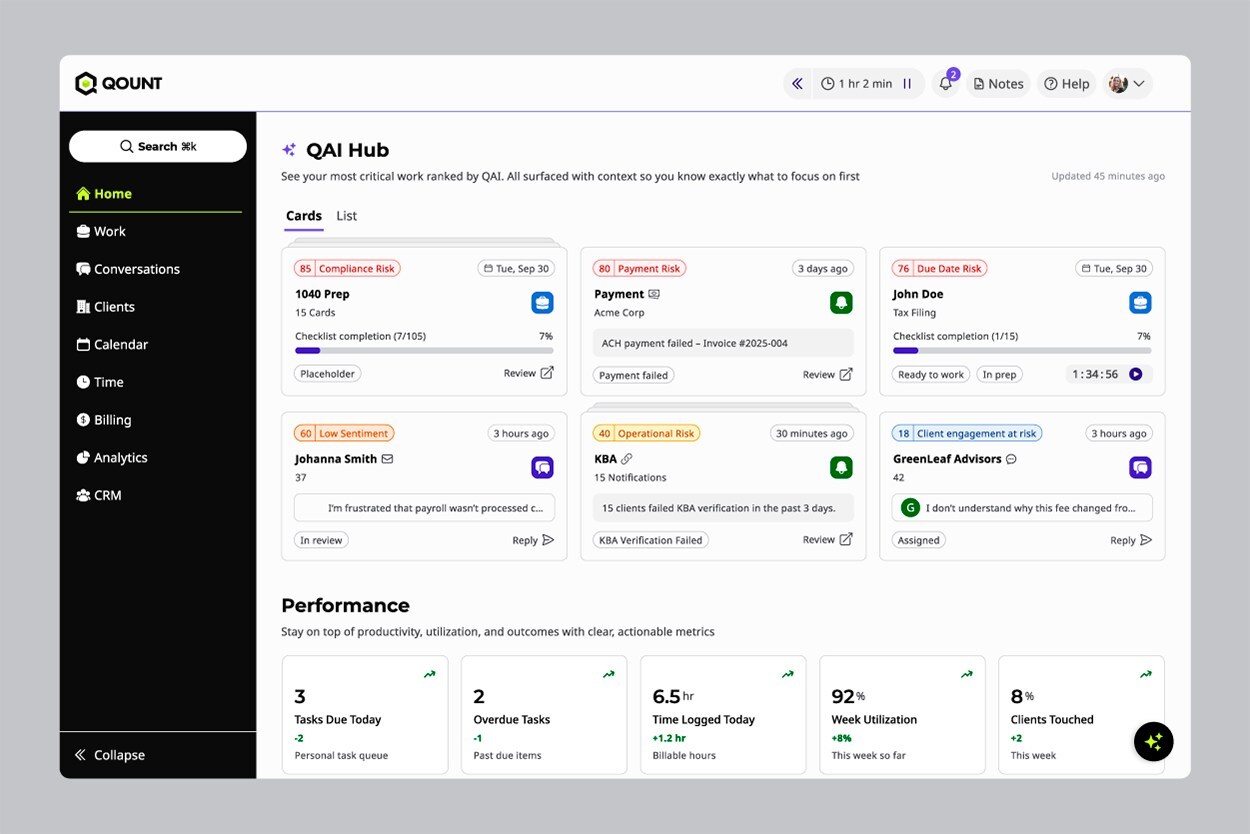









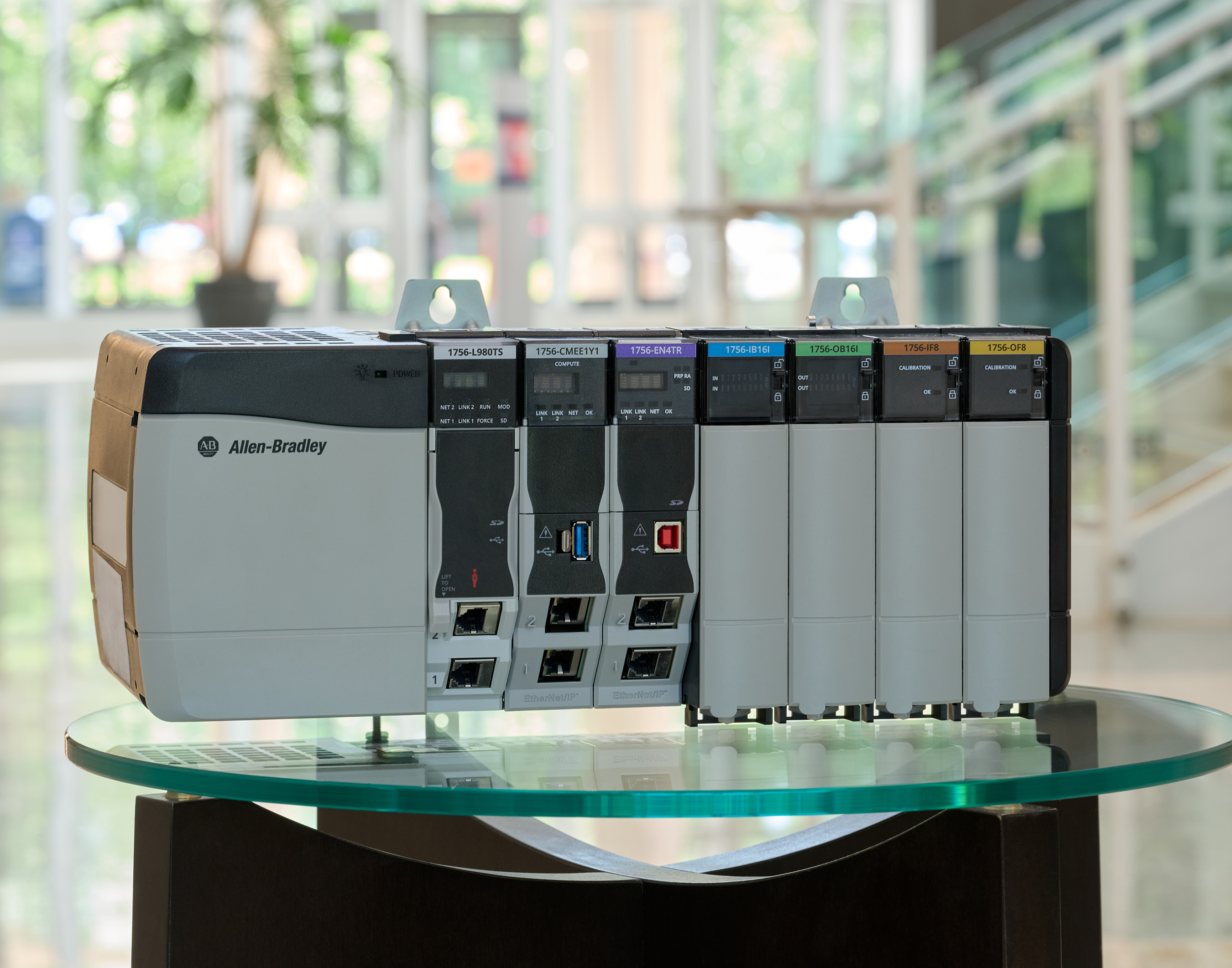

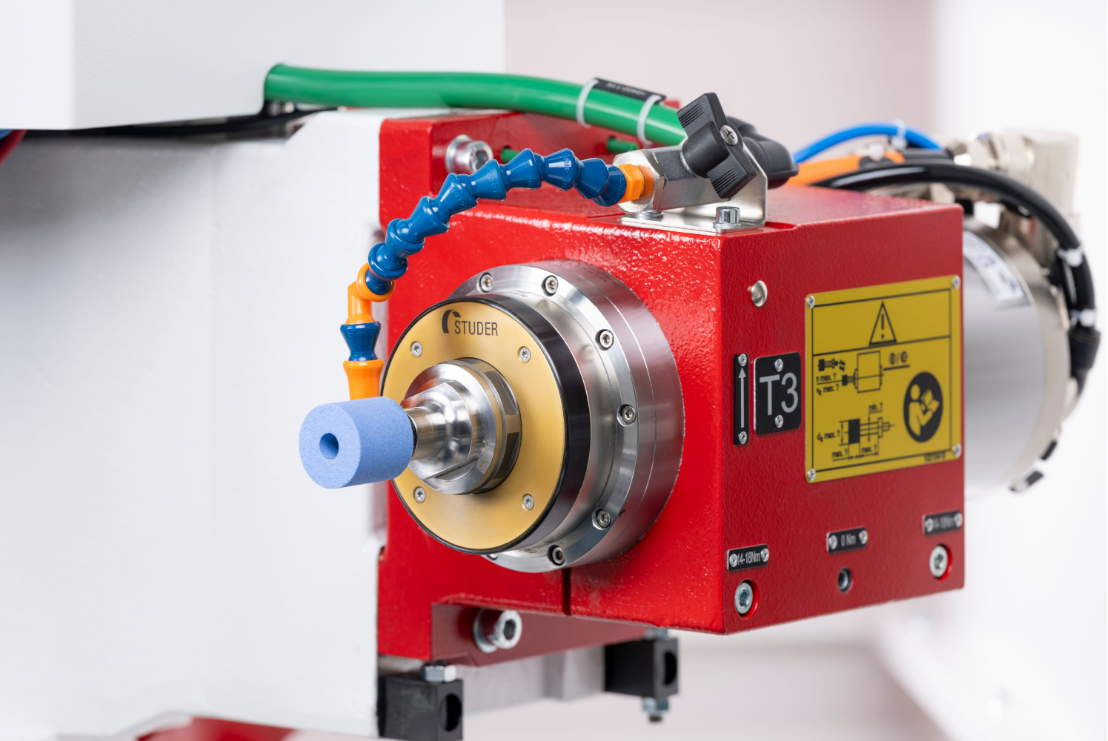
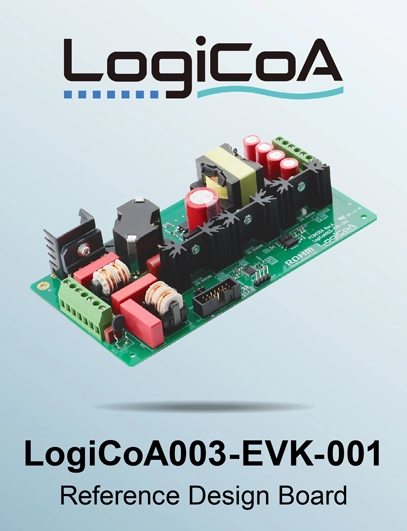
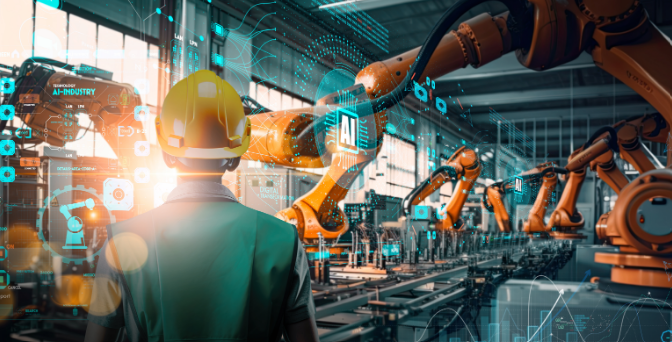



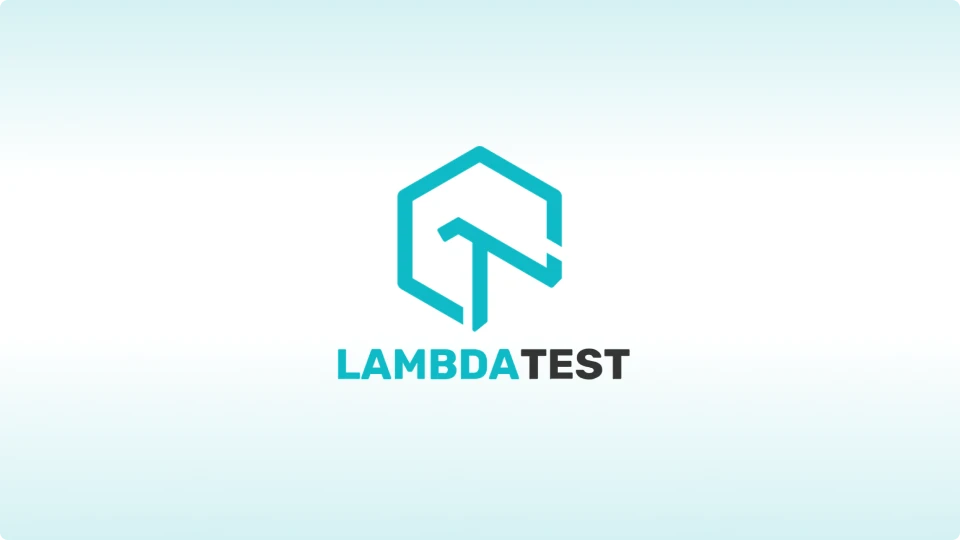
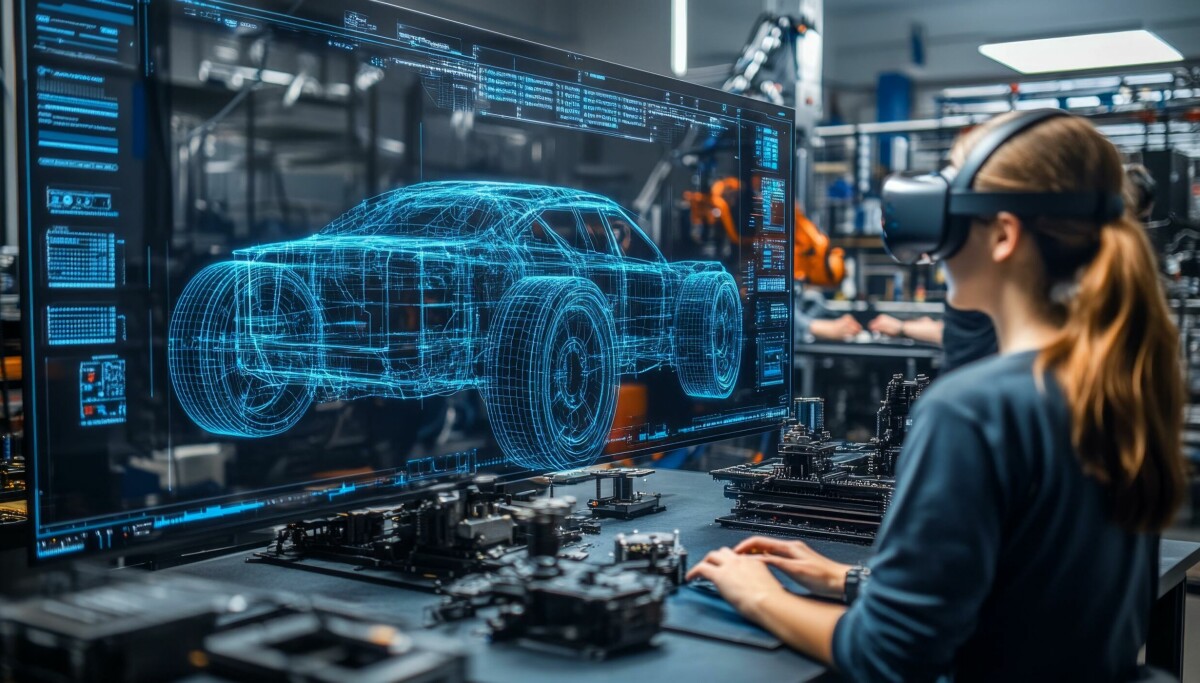

.png)
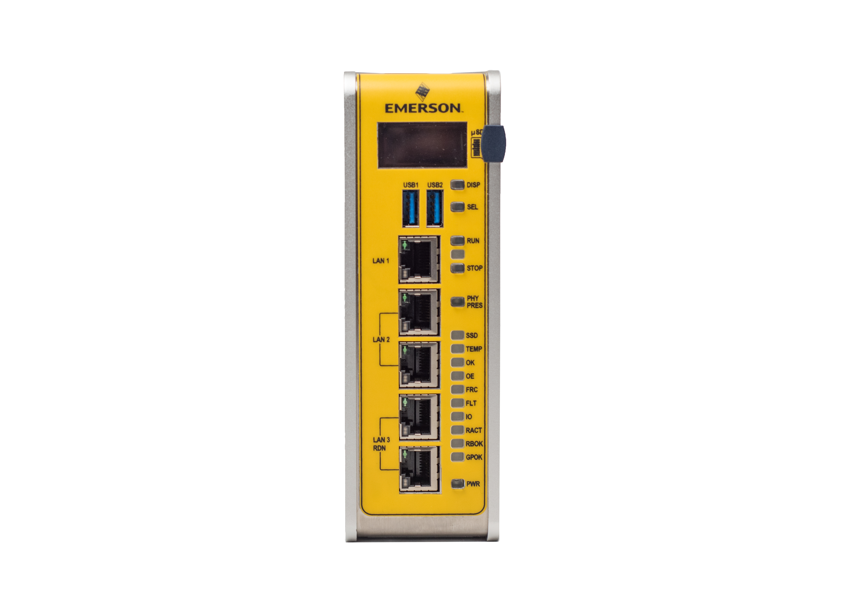
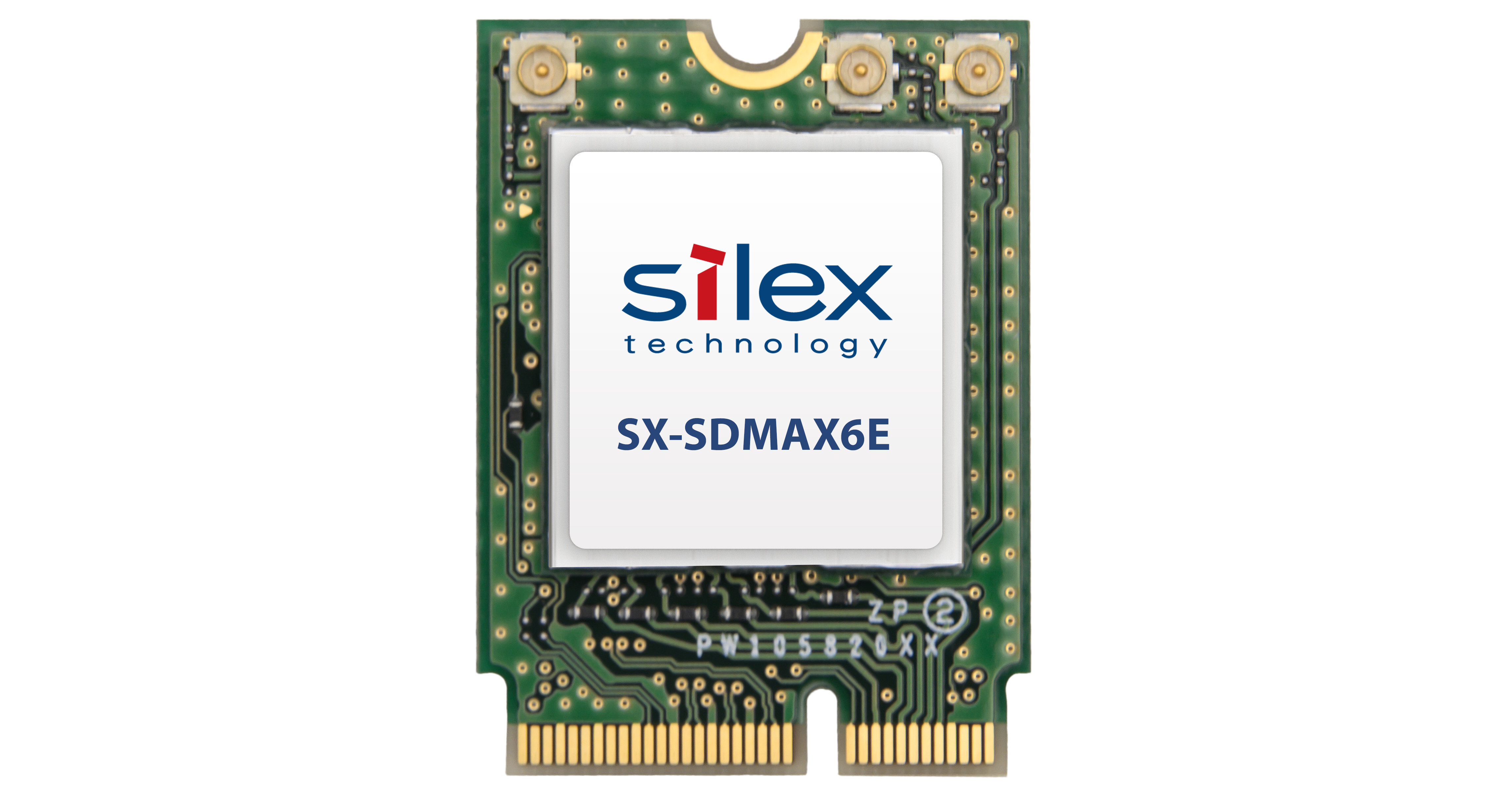



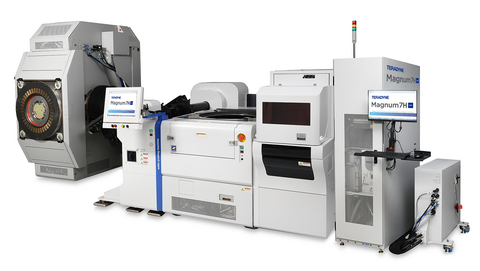
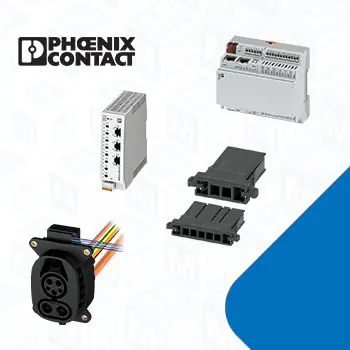

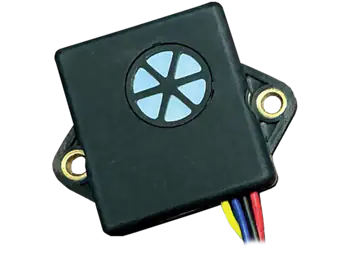


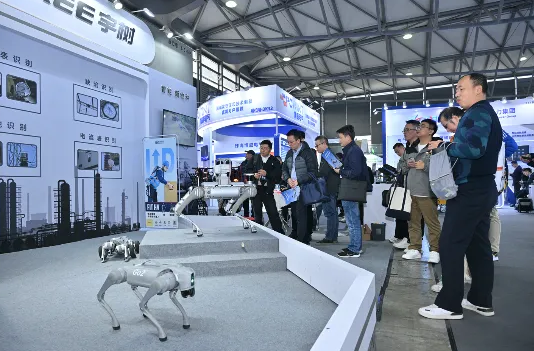
.png)





























.png)











.png)











